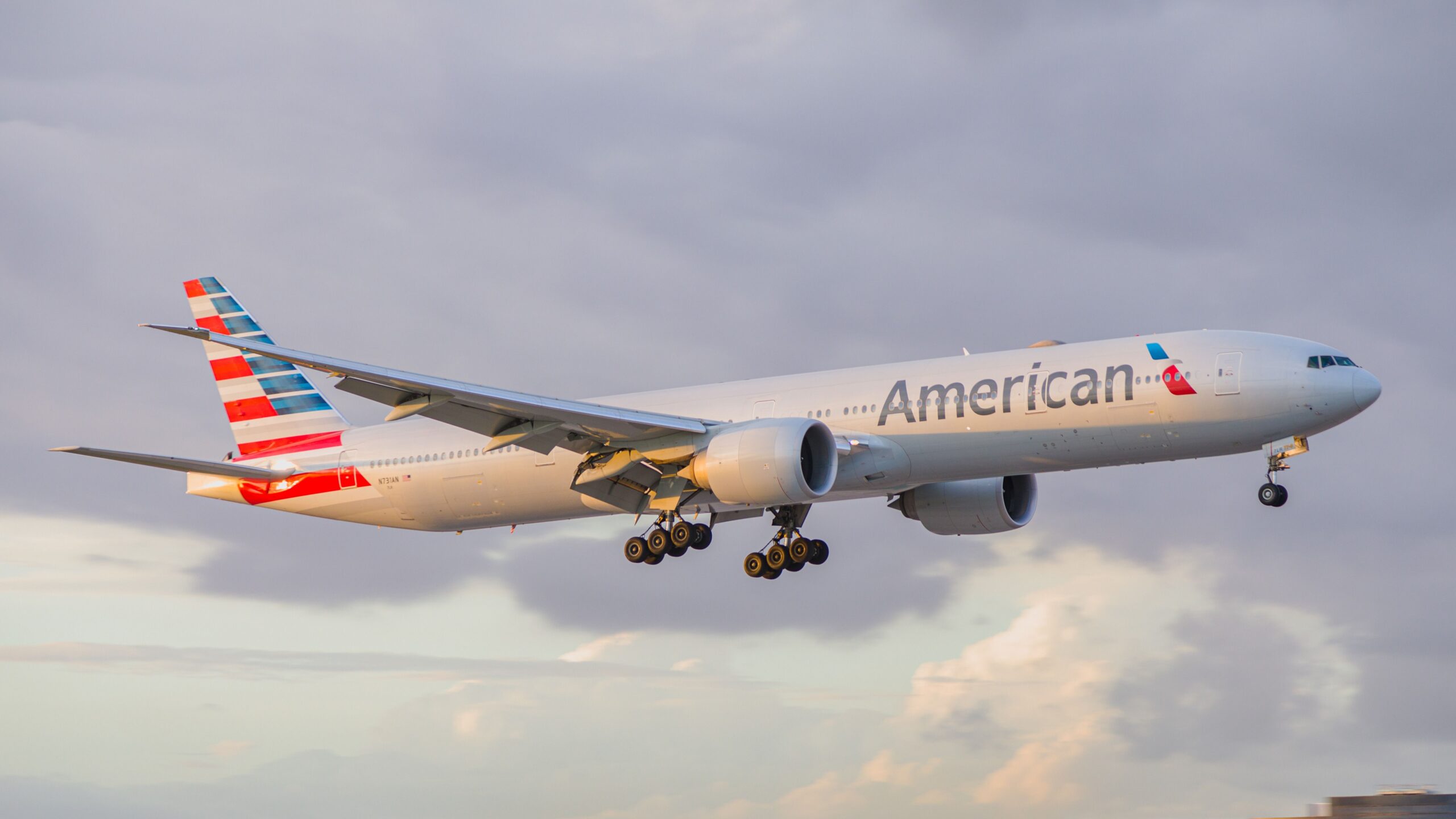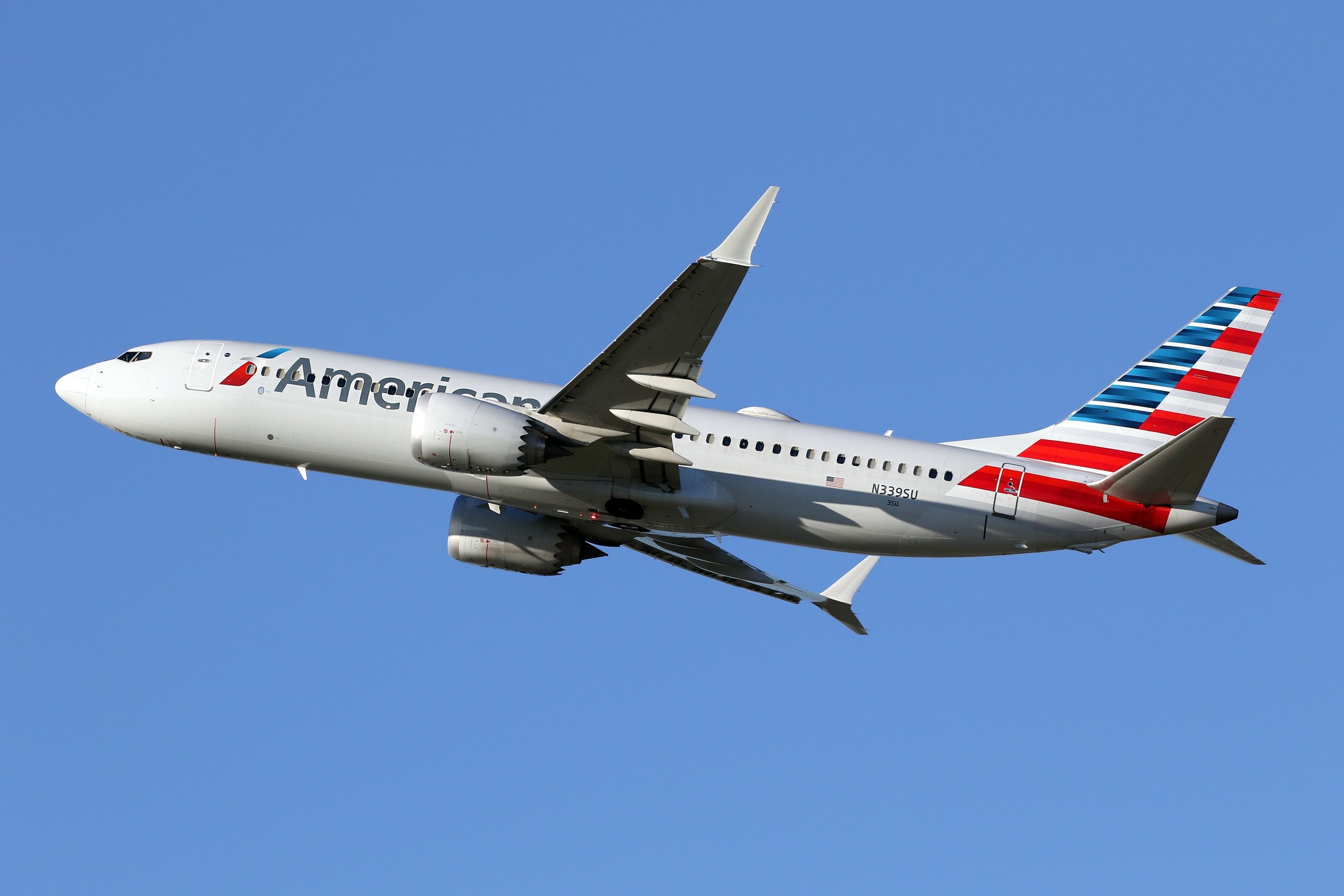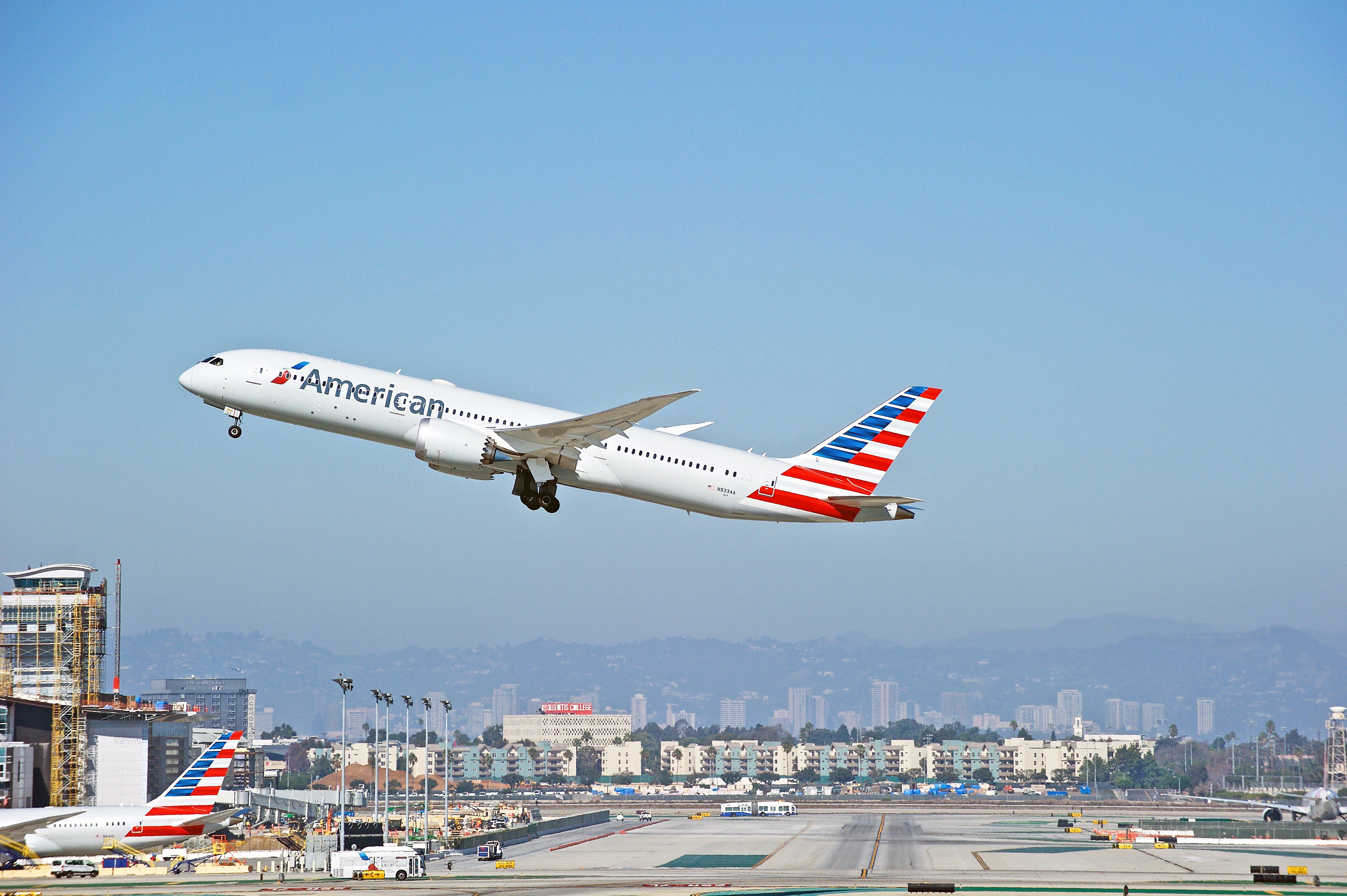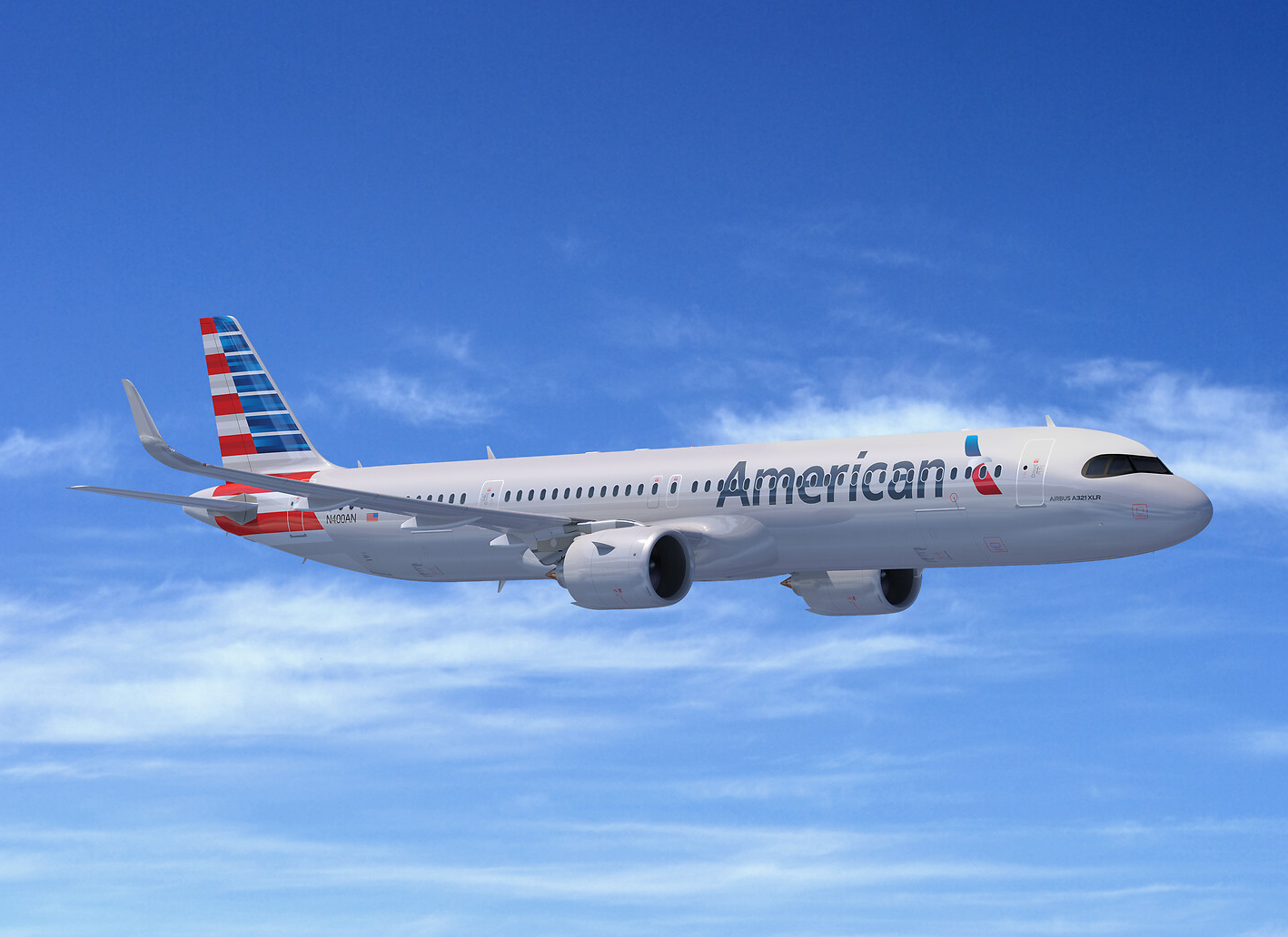Summary
- American Airlines is shifting to narrowbody aircraft on its Miami to Los Angeles route for financial reasons.
- Brian Znotins explained that widebody planes are meant for long-haul flights, not domestic routes, due to premium cabin costs.
- While the switch to narrowbodies appears indefinite, there could still be a chance for widebodies on the route in the future.
An American Airlines executive is sounding off about the carrier’s decision to shift all equipment on its transcontinental route between Miami International Airport (MIA) and Los Angeles International Airport (LAX) to narrowbody aircraft. Brian Znotins, American’s Senior Vice President of Network Planning, reportedly cited financial reasons and explained that the airline’s widebody aircraft are “really meant for long-haul.”
The Fort Worth, Texas-based US legacy carrier has long operated twin-aisle aircraft between the two east and west coast hubs. Before the pandemic, the airline primarily utilized Boeing 767-300s on the route, but now it deploys 777s and 787 Dreamliners.
“Only when we have surplus time”
Simple Flying was the first to report that American would be removing its widebodies on the route. The changes will come in September, swapping out the larger planes with the Airbus A321ceo, A321neo, and 737 MAX 8.
Photo: Kevin Porter | Shutterstock
A Reddit thread about the equipment shakeup surfaced on Friday after an email from Znotins was received by a user named Kyle. In the message, the executive said that widebodies are not a priority on the route.
“We generally don’t prioritize a widebody on MIALAX. Our widebodies are really meant for long-haul (trans-oceanic) travel, and only when we have surplus time on them they will end-up on MIALAX.”
The Reddit thread is not affiliated with American.
Are Flagship seats losing money?
Znotins also explained the financial implications of operating the larger aircraft on the route due to Flagship First and Flagship Business – American’s most premium cabins that feature lie-flat seats and other luxurious amenities.
“The short explanation is that it’s really difficult for us to monetize the flat beds in the business class cabin on domestic routes. A flat bad consumes about 4x the space of a coach seat, so we generally need to get 4x the fare on those seats vs coach to make the widebody work. We can do that on long-haul flying, but domestically, we’re lucky to get 2x. So a widebody almost always loses money for us domestically.”
The 777-200ER, 787-8, and 787-9 all feature Flagship Business, while the 777-300ER is the only widebody aircraft in American’s fleet to feature both Flagship Business and Flagship First. There are 37 business class lie-flat seats on the 777-200ERs, the 787-8s have 20, and the larger 787-9 has 30. The 777-300ER has eight exclusive first class lie-flat seats and 52 business flat beds.
Photo: Philip Pilosian | Shutterstock
Replacing the widebodies with narrowbodies appears to be indefinite, but according to Znotins, it does not necessarily mean the route will never see them again.
“…for now we don’t have plans to put a widebody on the route. But it could appear anyway as we work through our schedule builds and see if there’s any available time left over for us to fit a round-trip or two in!” the executive said.
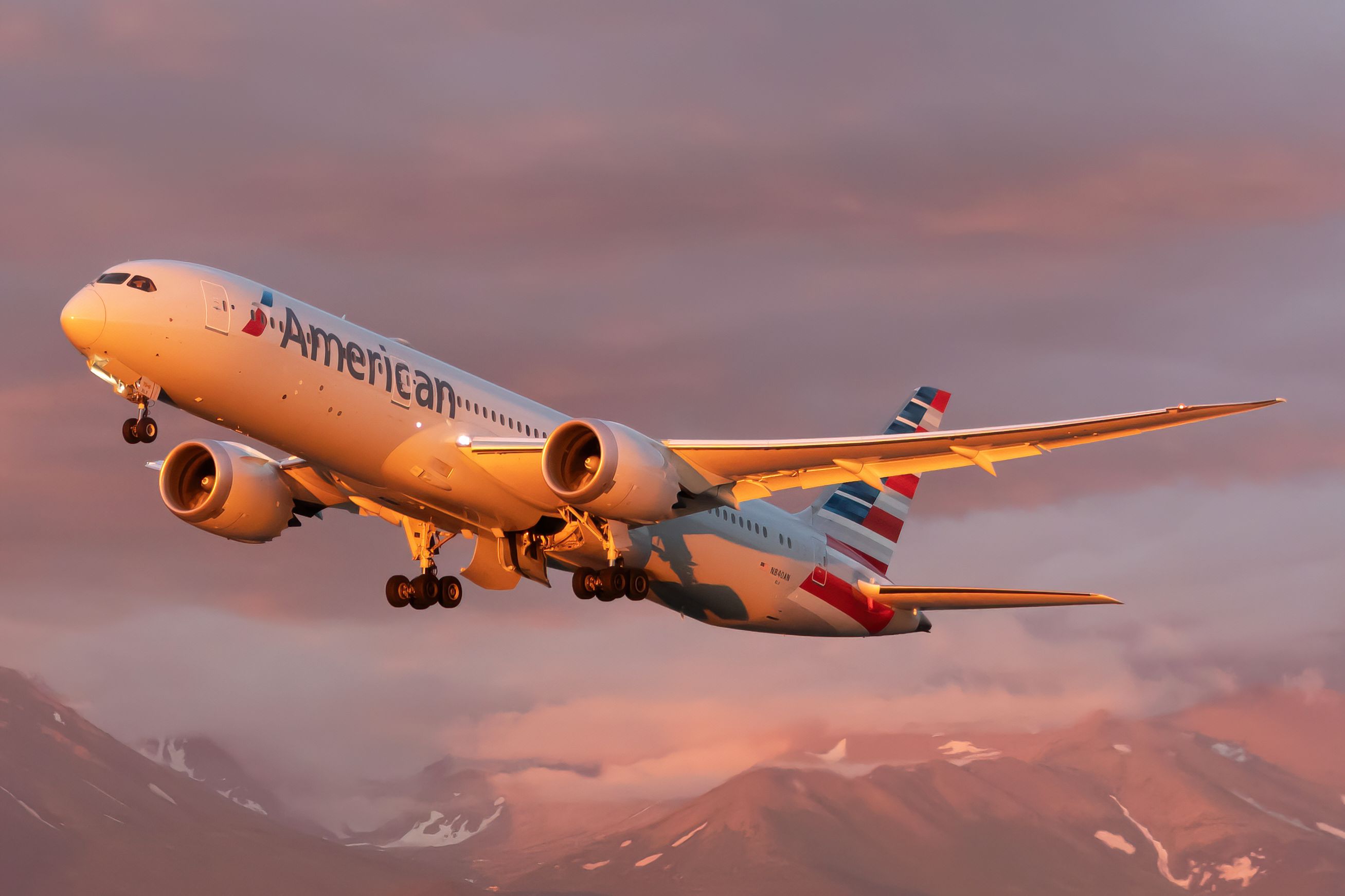
Read More
How American Airlines’ $30bn Bet Reduced Its Exposure To Boeing’s Fallout
While other airlines are explaining away poor financial performance with Boeing’s issues, American has made itself a cushion to fall back upon.
The only other aircraft equipped with the Flagship product are select A321s. These aircraft, designated as A321Ts, only operate on transcontinental routes involving Boston, Los Angeles, New York, and San Francisco. However, they will soon be integrated with the rest of American’s standard A321s and stripped of their premium products for a domestic first class layout instead. They will be replaced by the A321XLR, which will debut a new Flagship experience.
What about the A321XLR?
Znotins mentioned that the airline has already considered deploying the A321XLR between MIA and LAX once it receives enough examples and is “deeper into its delivery stream,” but said it would likely be another two years before it could happen.
“Airbus is almost as bad as Boeing at getting us our airplanes on-time,” he explained.
Photo: Airbus
Since MIA and LAX are both gateway hubs, there could likely be situations where American needs to operate its 777s and 787s between the airports, allowing the aircraft to be correctly positioned for their respective overseas flights.
“We do need to move widebodies between hubs from time to time, and MIALAX tends to be a priority for that,” Znotins said. “So while I can’t guarantee widebodies on the route, there are a number of reasons that they will “end up” there after all of our planning is done. Hopefully that happens frequently!”
Simple Flying has contacted American for comment on the matter, but representatives could not be immediately reached.
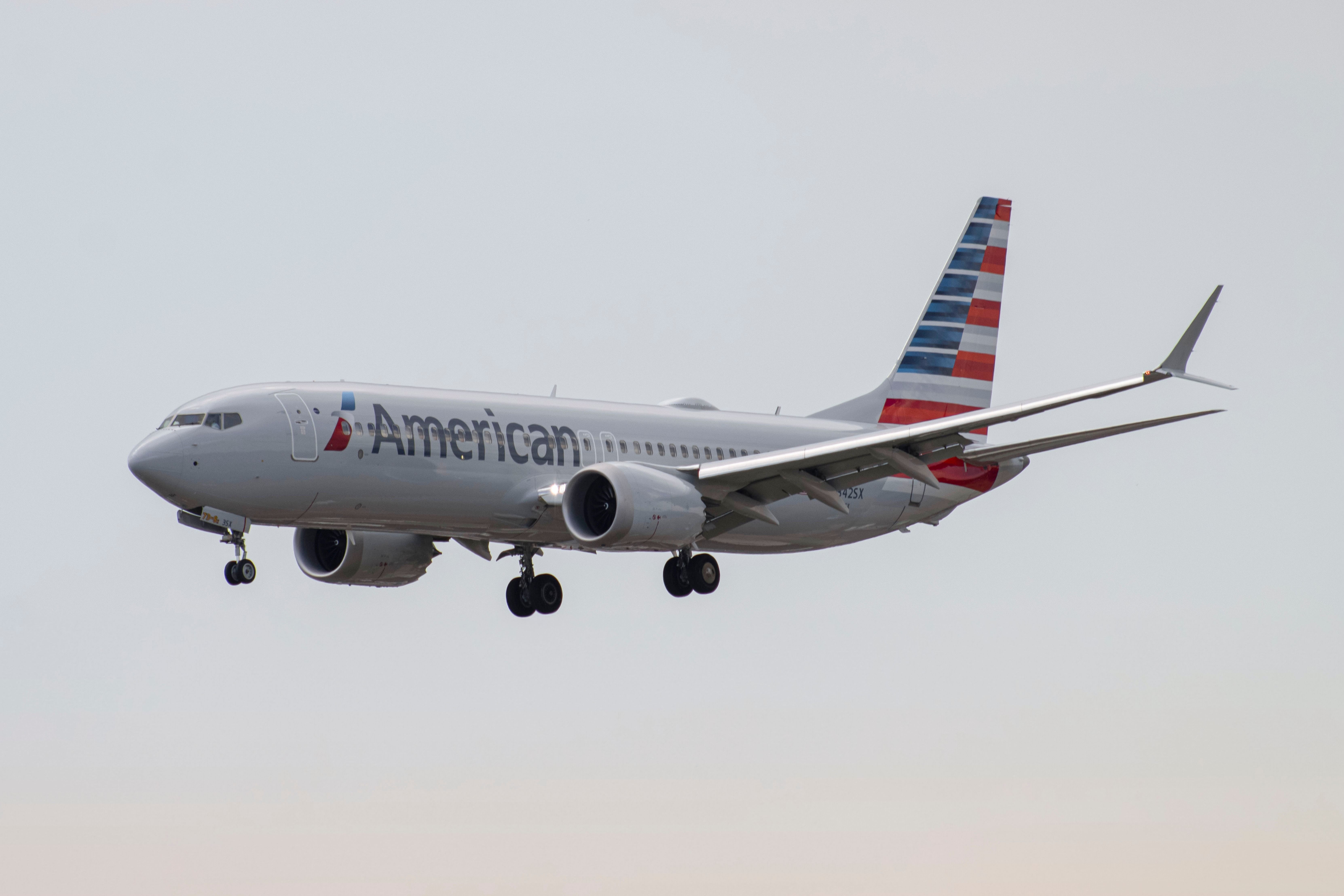
Read Next
American Airlines To Temporarily Cut Boeing 737 MAX 8 Flights Between Miami & Orange County
The carrier’s motive remains unclear, but it will return before the busy holiday travel season at the end of the year.

